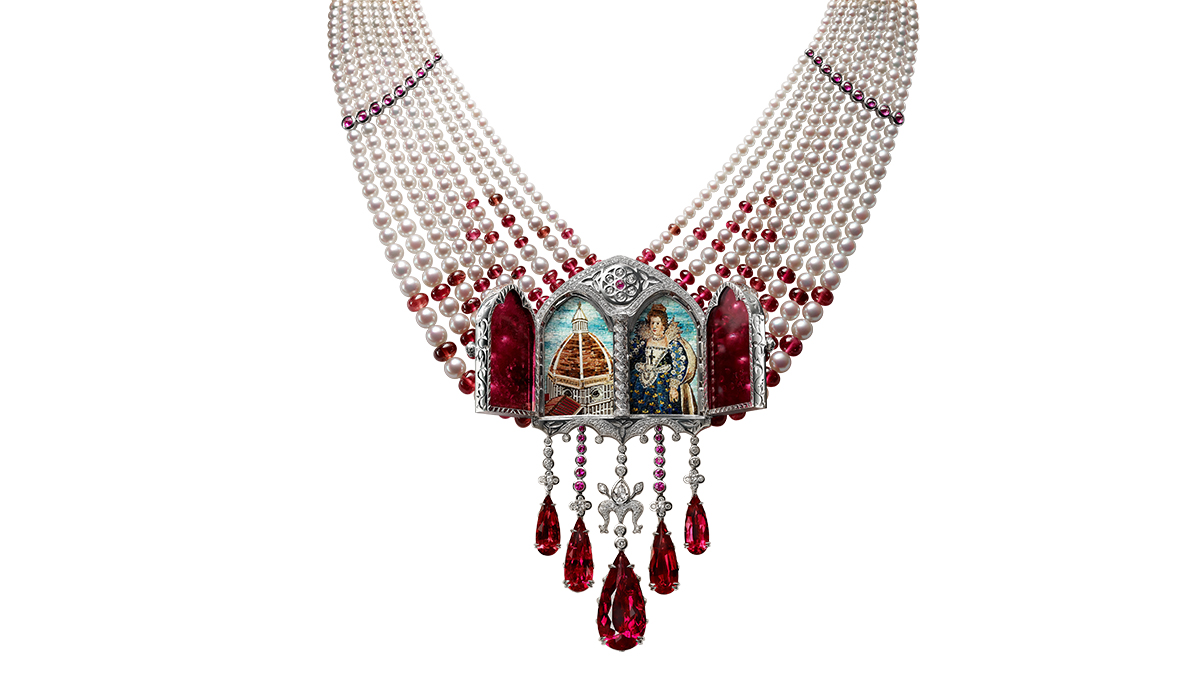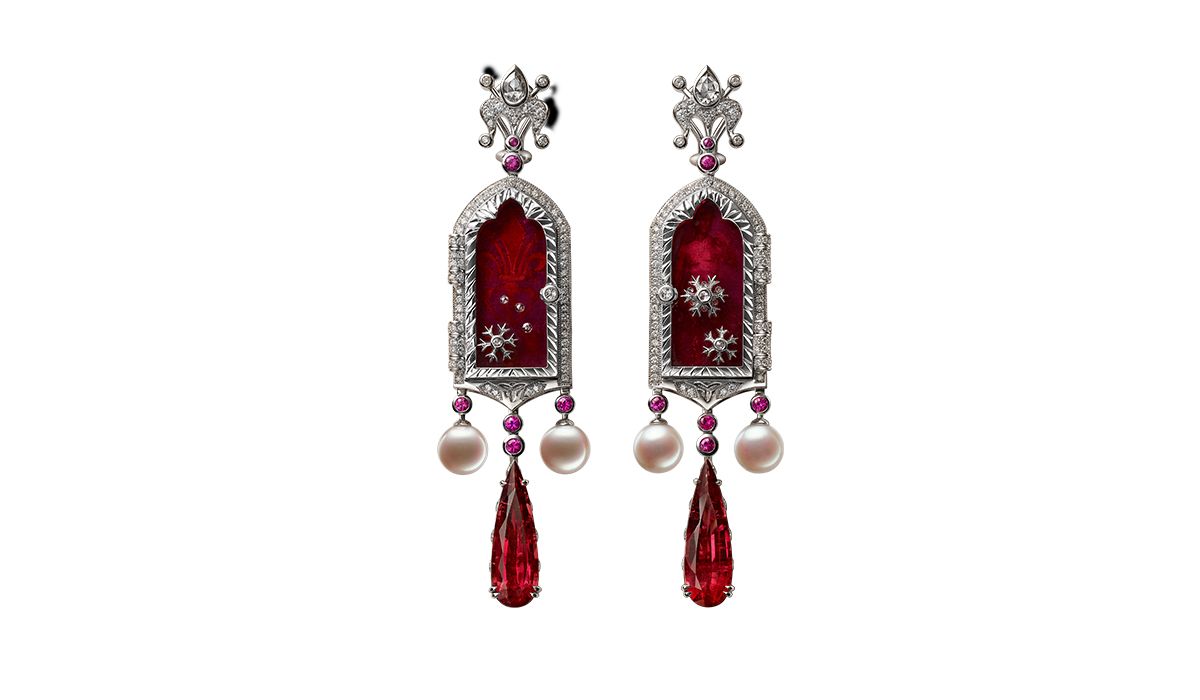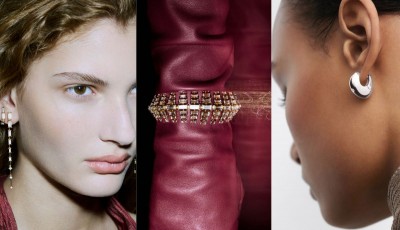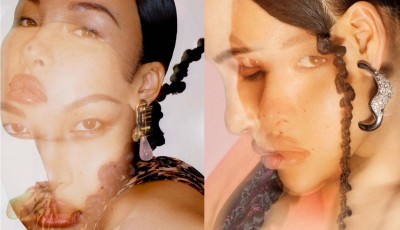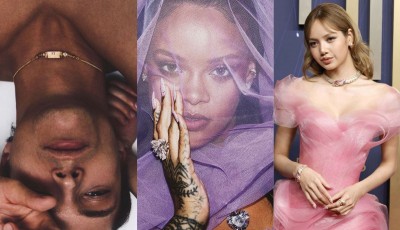Raffaello Sanzio and his 500 Years of Beauty
After Leonardo, it is the turn of the 500 years since the death of Raffaello Sanzio. To celebrate the anniversary, the exhibition of the Scuderie del Quirinale in Rome, where some works reveal the link between his art and the jewelry of the Renaissance
If the Mona Lisa did wear jewels, Alessio Boschi would be attracted only by them, and not by the smile on which so much has been discussed and written for five centuries. His eye as a designer, always looking for unusual creative ideas, often and willingly draws on the infinite historical, artistic and architectural heritage of Italian culture. So, what better mentor could guide us in interpreting the jewels painted by Raffaello Sanzio in his works? Hereafter we can find his interpretation of La Muta (Portrait of a Young Woman), La Velata (The Woman with the Veil) and the Portrait of Maddalena Strozzi.
«Let's start with the Portrait of Maddalena Strozzi. Here I can notice the extraordinary modernity with which she’s wearing rings, in particular the one on the index finger of her left hand, but above all the one in the middle of the first phalanx of the right ring finger, a trend that has come back recently. The protagonist is the large pendant in burnished gold with a geometric shape, with two square stones inscribed in a circle. These are the typical shapes of the Renaissance, which somewhat resemble the monumental fountains of Rome. The baroque pearl, of considerable size, certainly natural and of Middle Eastern origin, not only makes us understand the wealth of the Strozzi family, but also how much Florence was the hub of commerce and arts, first of all the goldsmith’s one, which had its fulcrum in the school by Verrocchio, who later also became a great master of painting for young artists including Leonardo and Michelangelo. Another avant-garde touch, the simple silk cord used as a support for the pendant, which almost seems to recall some ethnic or Asian traditions belonging to much more recent times. Such detail can also be noticed in La Muta, but in the version of a modular cord, which somewhat resembles those that were used in the East for large jade pendants; the ring, also worn here on the index finger, in the manufacture evokes the American wedding bands, David Yurman’s style, so to speak. In La Velata, the choker, probably made of amber, seems to be inspired by a jewel of ancient style, from the Roman era, which in its own way anticipates the nineteenth-century style of the cultured and "archaeological" jewelry of the Castellani family. Last but not least, a delightful headband adorned with a pearl matched to what looks like a ruby coming out from the veil. A barely visible detail, but reveals meticulous attention to overall harmony".
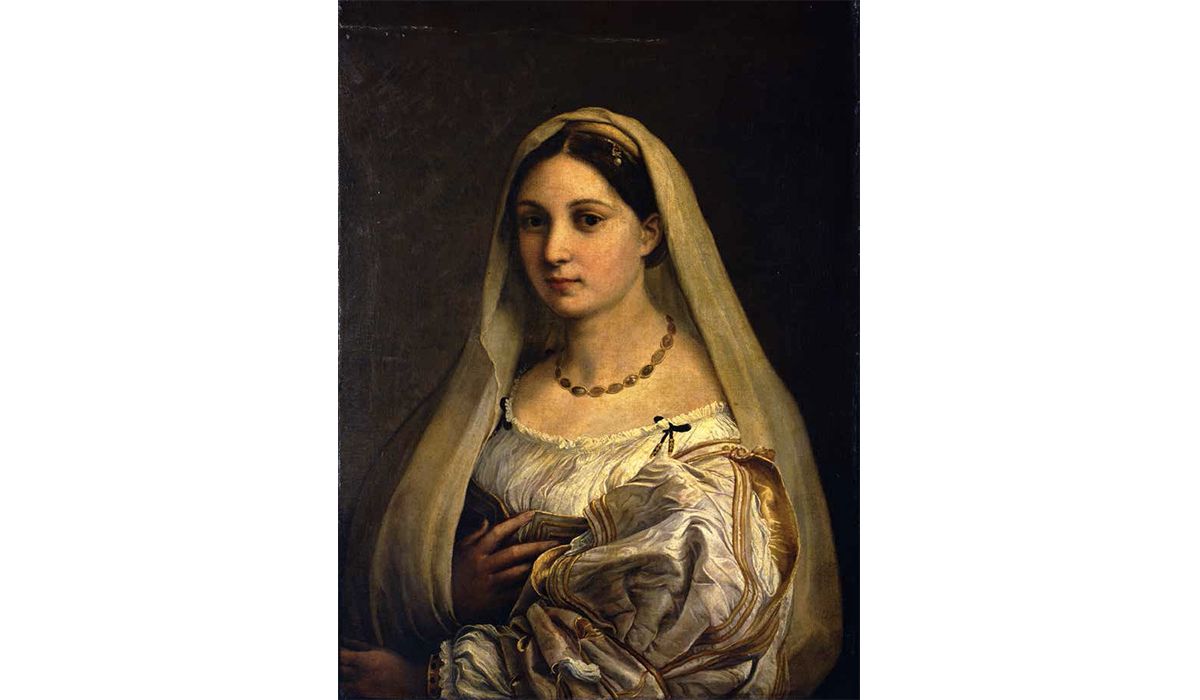
The National Gallery of Le Marche in Urbino, the Scuderie del Quirinale in Rome, the Pinacoteca Ambrosiana in Milan, and then the National Gallery in London….The calendar of the major international exhibitions of 2020 was ready, and focused on one name: Raffaello Sanzio. However, now that due to Covid-19 the passing of time seems to have gone mad (and, as a consequence, the exhibitions are suspended for now), one fact remains: the anniversary of the 500 years since Raphael’s death, which occurred on April 6th, 1520. Among the works that have spanned these five centuries, some seem to highlight the special attention dedicated by the artist from Urbino to jewelry. The gentlewoman portrayed in La Muta, preserved in the fairytale Ducal Palace of Urbino, is splendid in her Renaissance dress highlighted by the knotted ribbon necklace from which a Greek cross is hanging, with an emerald- symbol of Resurrection - in the centre; she is showing a ruby, a marriage gift, on her left ring finger, and a sapphire, symbol of the female virtues of humility and chastity, on her index finger. In La Velata, made in the period of maturity spent by the artist in Rome, at the court of the popes, the woman is wearing a rare necklace of cabochon-cut garnets set in gold, a Roman necklace described with the philological care of a cultured master such as Raphael. Finally, right on a jewel, an armilla, a bracelet worn on the forearm by La Fornarina, the artist leaves his signature, Raphael Urbinas. It was 1520, and shortly thereafter, he passed away when he was just only 37 years old.
Di Marta Paraventi


